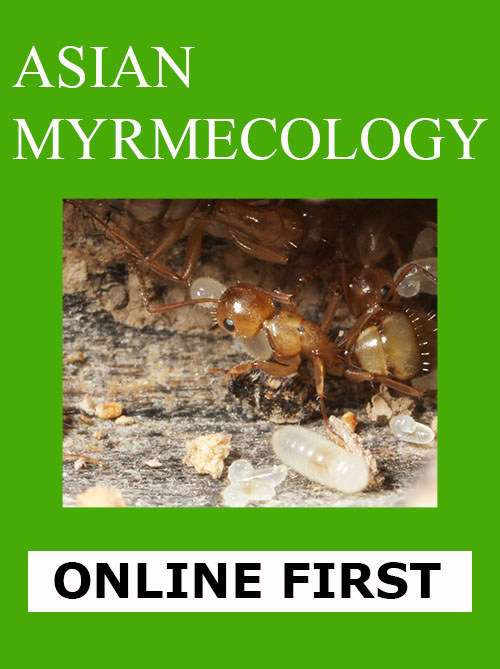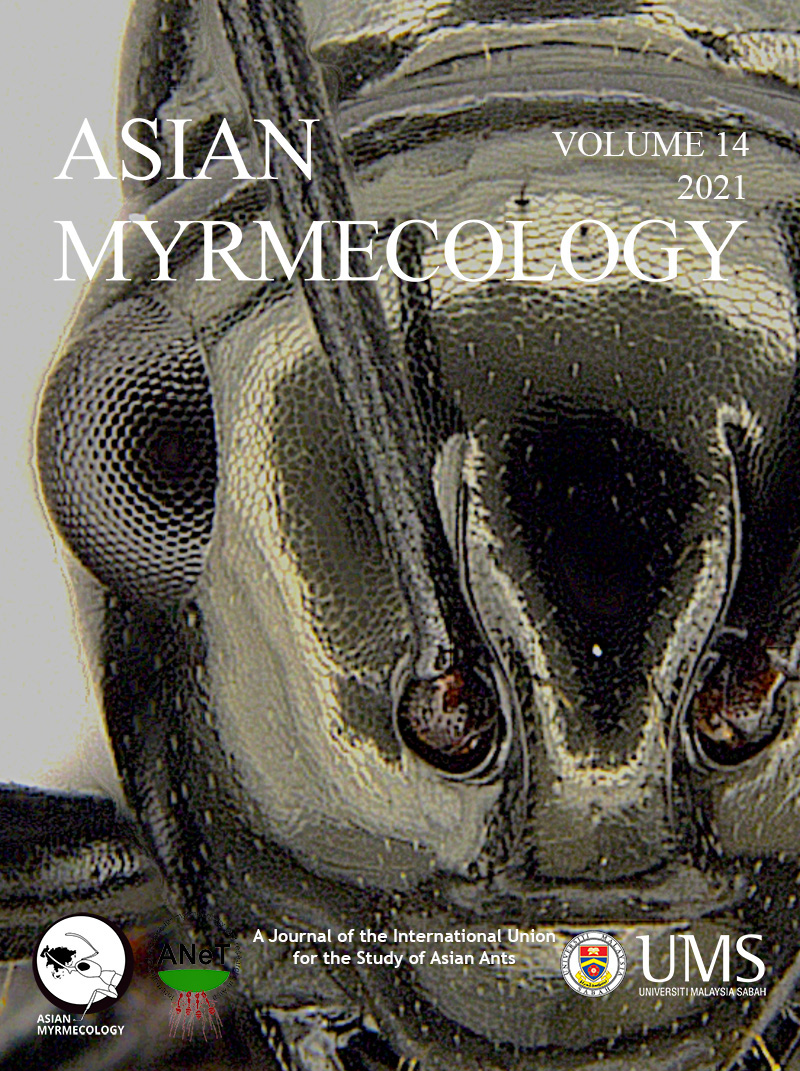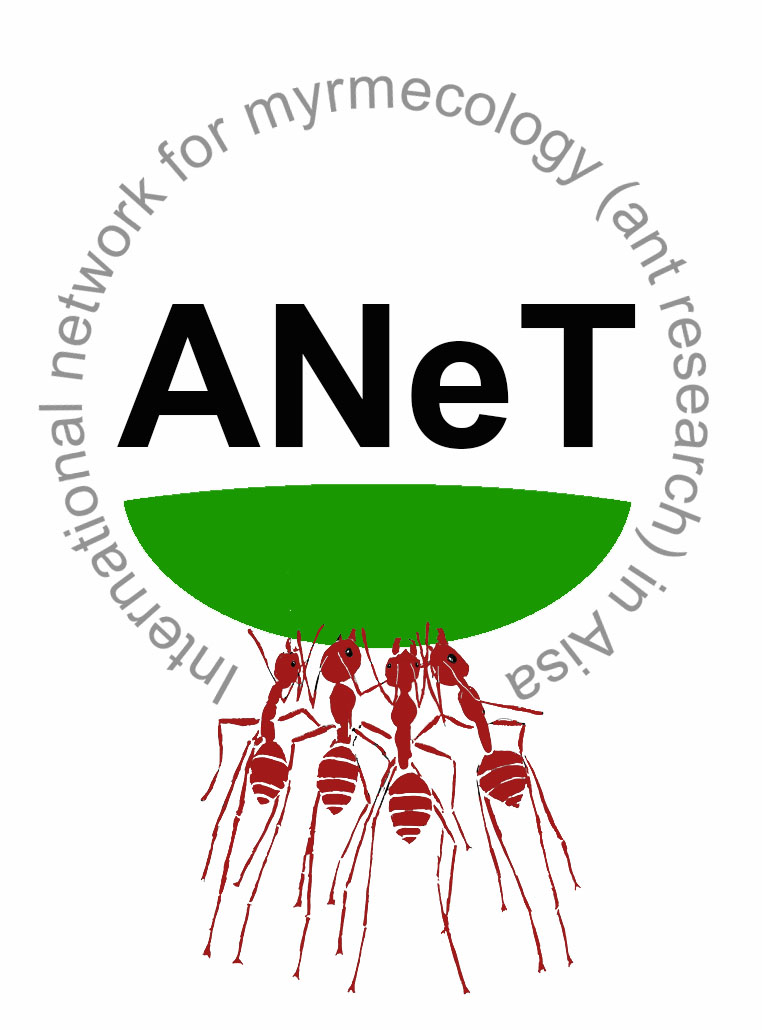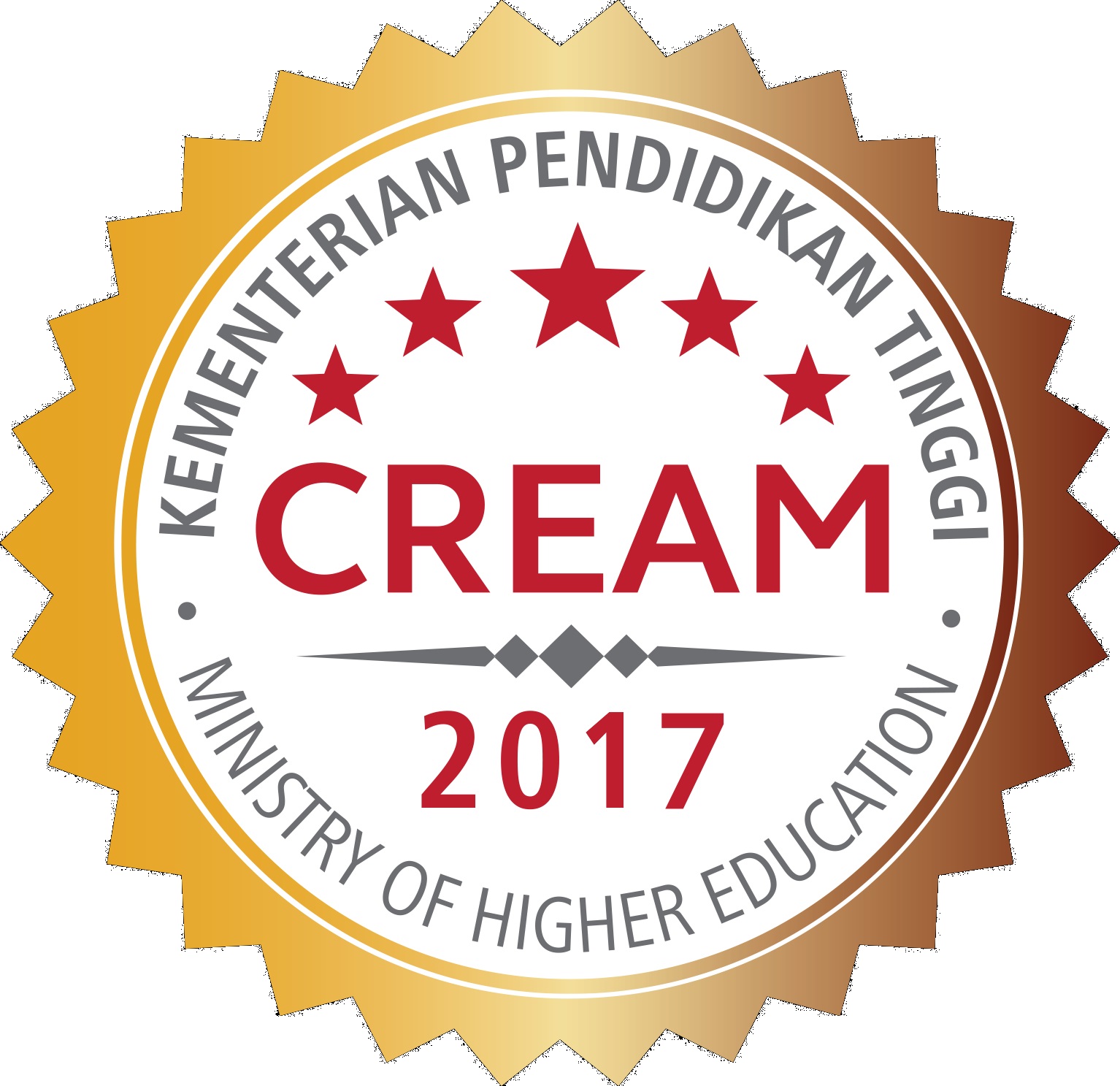ASIAN
MYRMECOLOGY
Image: François Brassard
DOI: 10.20362/am.015004
Asian Myrmecology 15: 015004 (1-19)
article first published online: 4/April/2022
The biology and physiological adaptation of mangrove ants to tidal flooding
MOGENS GISSEL NIELSEN
Abstract:
Mangroves are an extreme biotope where ants are often described as the most abundantand influential group of insects. Yet very few studies have examined how ants survive the often extreme flooding of this biotope. This review summaries knowledge of the distribution and biology of mangroveants, giving a particular insight into their adaptations, behavioral and physiological, and describes how some ant species survive during the extreme conditions with high temperatures, tidal flooding, very low oxygen and high carbon dioxide concentrations. Mangrove ants can be divided into three categories: 1) ants nesting in the aerial parts of the mangrove, 2) ants nesting in cavities inside trees or logs that are flooded periodically. 3) ants nesting in the mud within the tidal zone. The diversity of ants is lowest in categories 2 and 3, potentially because of the extreme environments they experience when submerged under water. Colonies of these ants can suffer extremely high temperatures, low oxygen and high C02 concentrations, with the responses of ants to these conditions differing between species. Workers of Polyrhachis sokolova, for example, survive in pockets of air with elevated CO2 (up to 11%) when their mud nests become submerged and can swim across the waters surface if necessary. Soldiers of the twig nesting Colobopsis anderseni block nest entrances to prevent water influx, can survive normally lethally high nest temperatures and are the first ant known social insect to engage in anaerobic respiration when oxygen becomes limiting. Studies of the extreme habits of mangrove nesting ants provides insight into the adaptive capacity of ants.
Keywords:
Distribution, inundation, Camponotus, Polyrhachis, Crematogaster, Colobopsis, anoxia,
Get PDF (6.5 MB) :
MOGENS GISSEL NIELSEN
Abstract:
Mangroves are an extreme biotope where ants are often described as the most abundantand influential group of insects. Yet very few studies have examined how ants survive the often extreme flooding of this biotope. This review summaries knowledge of the distribution and biology of mangroveants, giving a particular insight into their adaptations, behavioral and physiological, and describes how some ant species survive during the extreme conditions with high temperatures, tidal flooding, very low oxygen and high carbon dioxide concentrations. Mangrove ants can be divided into three categories: 1) ants nesting in the aerial parts of the mangrove, 2) ants nesting in cavities inside trees or logs that are flooded periodically. 3) ants nesting in the mud within the tidal zone. The diversity of ants is lowest in categories 2 and 3, potentially because of the extreme environments they experience when submerged under water. Colonies of these ants can suffer extremely high temperatures, low oxygen and high C02 concentrations, with the responses of ants to these conditions differing between species. Workers of Polyrhachis sokolova, for example, survive in pockets of air with elevated CO2 (up to 11%) when their mud nests become submerged and can swim across the waters surface if necessary. Soldiers of the twig nesting Colobopsis anderseni block nest entrances to prevent water influx, can survive normally lethally high nest temperatures and are the first ant known social insect to engage in anaerobic respiration when oxygen becomes limiting. Studies of the extreme habits of mangrove nesting ants provides insight into the adaptive capacity of ants.
Keywords:
Distribution, inundation, Camponotus, Polyrhachis, Crematogaster, Colobopsis, anoxia,
Get PDF (6.5 MB) :
Aarhus University, Department of Biology, C.F. Møllers Alle 3, DK 8000 Aarhus C, Denmark
*Corresponding author: mgn@stofanet.dk



